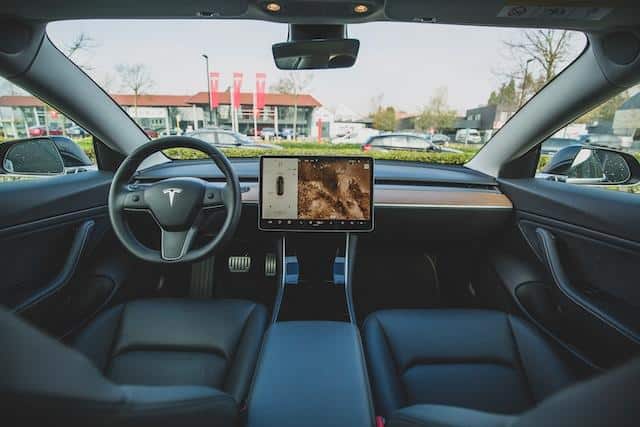Road safety has been a priority of car manufacturers since the birth of the automotive production line. But could big data help make inroads in protecting drivers that’s never before been possible?
According to the National Highway Traffic Safety Administration, there were an estimated 42,795 fatalities from motor vehicle traffic crashes in 2022, representing a rate of 1.35 deaths per 100 million vehicle miles traveled.
All road deaths are preventable and through big data, it may be possible to offer far more advanced insights into road safety, and predictive analytics could be utilized to help to limit instances of collisions and accidents long before they pose a threat to motorists.
There are already multiple use cases of big data entering the fray to promote safety among drivers. Let’s take a deeper look at how high volumes of information can help to make the roads a safer place for everyone:
Personalized Driver Tutoring
The use of telematics to monitor driver behavior is nothing new, but big data has the power to take these capabilities to the next level.
With new teenage drivers that are statistically more likely to be involved in car accidents, telematics has the potential to report on the performance of drivers, offering parents a more comprehensive means of spotting new habits and behavior that could make a driver more prone to being involved in an accident.
Whether the data shows instances of harsh braking, speeding, or difficulty executing certain maneuvers, these bad habits can be quickly identified and corrected with the help of either a parent or a third party. This practice could also be utilized for professional vehicle fleets and drivers, and with the use of AI, it can be possible for the data available to be converted into an actionable report card advising improvements.
Adaptive Vehicle Performance
Taking big data a step further in promoting better driver behavior, it’s possible that datasets could be automatically interpreted by AI systems to make alterations to the performance of vehicles on the fly to help uphold sufficient safety measures when on the road.
Parameters like speed, power, and torque could be modified should AI deem it necessary to prevent possible accidents based on how drivers are using their vehicles.
Speed-limiting measures within vehicles are nothing new, and through the act of altering fuel injection to engines, digital measures can help to make rapid adjustments to vehicle performance through a continuous feedback loop. In the future, these measures could even be implemented to ensure that vehicles are unable to break speed limits when out on the roads.
Furthermore, big data could detect how many passengers have entered a car based on weight changes and the usage of doors to prevent a car from leaving a destination until all passengers have secured their seat belts.
Anticipating Accidents
Big data can also be utilized to identify and address high-risk accident areas. Using predictive analytics, it’s possible to collect extensive volumes of data surrounding car accidents, where they’re more likely to happen, when they’re more likely to happen, and why they’re more likely to happen.
This data can help to build predictive crash maps that utilize historical data to pinpoint with accuracy the highest risk areas that could require attention or intervention.
Using these maps, it could be possible to deliver warnings to drivers to take extra care or alert relevant authorities to ramp up their road safety efforts in these particular areas.
Predictive analytics can also be dispatched internally, too. For instance, using on-board diagnostic data, big data could identify a chipped windscreen that may impair the vision of a driver and action this by displaying an alert with windshield chip repair recommendations.
Functional Road Safety
It’s hoped that big data can provide a meaningful solution in curbing the accident rate on the roads in the United States and beyond.
In offering solutions that can help to train drivers to become better, the benefits of big data in road safety can transcend the prevention of accidents and in fact help drivers to prevent having to pay out expensive car repair costs, and maintain their mobility in a way that could help them to remain productive and connected–without having to risk being limited should they have to send their motor to a garage for repairs.
The impact of financial losses in accidents can be high, and crashes can adversely impact the US economy. In using big data to gain a more comprehensive overview of driver behavior and accident insights, it’s possible to leverage a fully functioning transport infrastructure in an impactful way–helping to save both drivers and governmental bodies significant amounts of money, and, most importantly, the preventable loss of life on the roads.
Subscribe to our Newsletter
Get The Free Collection of 60+ Big Data & Data Science Cheat Sheets.
Stay up-to-date with the latest Big Data news.



